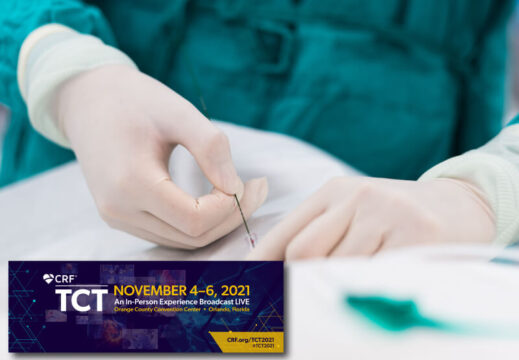After a 5-year followup, the transcatheter aortic replacement (TAVR) with the self-expandable valve has offered clinical outcomes similar to surgical aortic valve replacement (SAVR) outcomes for intermediate risk patients.

As we already knew form the 2-year followup, the all-cause or disabling stroke rate at 5 years between TAVR and SAVR continued to be similar (31.3% vs 30.8%; HR 1.02; CI 95% 0.85 to 1.22).
Hemodynamic outcomes with echocardiography continued to be superior for TAVR in the long term while SAVR gets better results with paravalvular leaks.
Even though reintervention and the need for pacemaker implantation are higher in TAVR, there were no difference in other key points between 2- and 5-year followup outcomes.
These results are along the same line of the PARTNER 2A outcomes, which used the balloon expandable valve in a similar population.
the SURTAVI randomized 1.746 intermediate risk patients (STS PROM 4.5%) to TAVR with the self-expandable valve vs SAVR after stratifying patients according to revascularization need.
Most patients (84%) received the already obsolete CoreValve, while the rest received the Evolut R.
Echocardiographic results at 5 years show TAVR offers a larger effective area and lower gradient vs SAVR.
Read also: TCT 2021 | iFR-SWEDEHEART: 5 Years to Trust FFR Is Equivalent to iFR.
The opposite remains true for paravalvular leaks, which have shown greater benefit with SAVR since the beginning. For mild leaks, the difference is quite significant (2.7% vs 27.1%), even though the gap reduces for moderate leaks (0.7% vs 3%) and neither group show severe leaks.
Original Title: 5-year clinician and echocardiographic outcomes from the randomized SURTAVI trial.
Reference: Van Mieghem NM et al. Presentado en el congreso TCT 2021.
Subscribe to our weekly newsletter
Get the latest scientific articles on interventional cardiology





